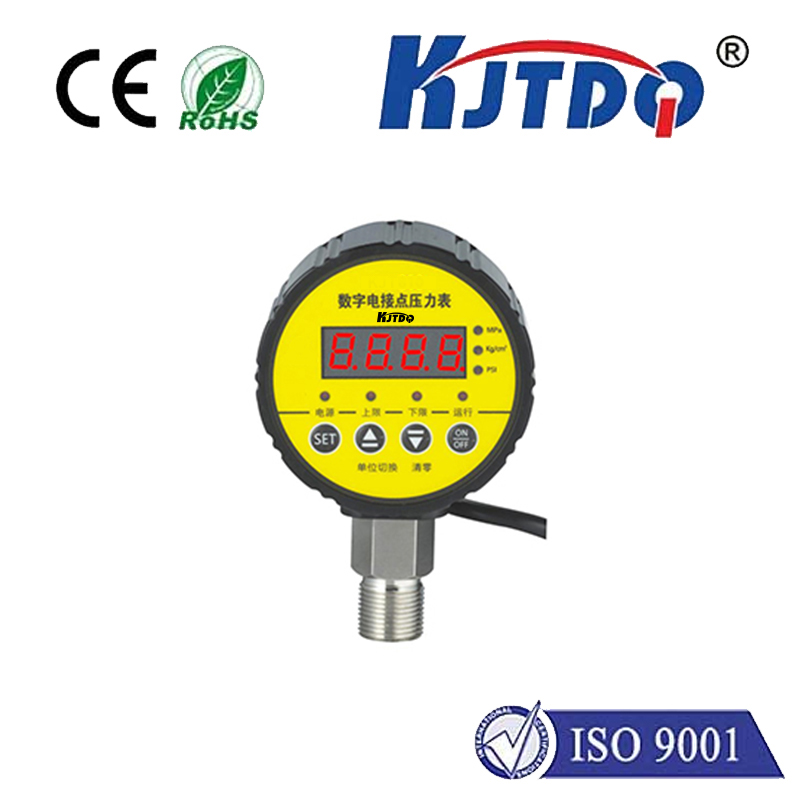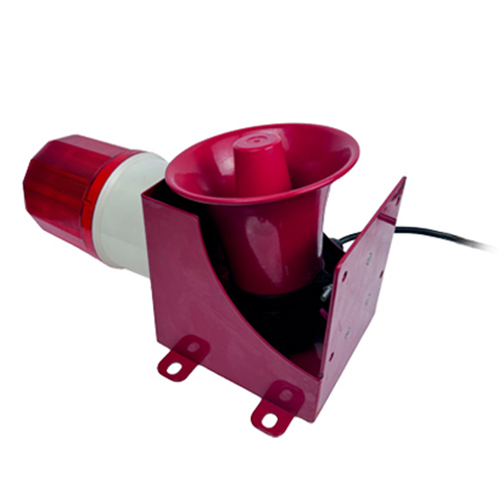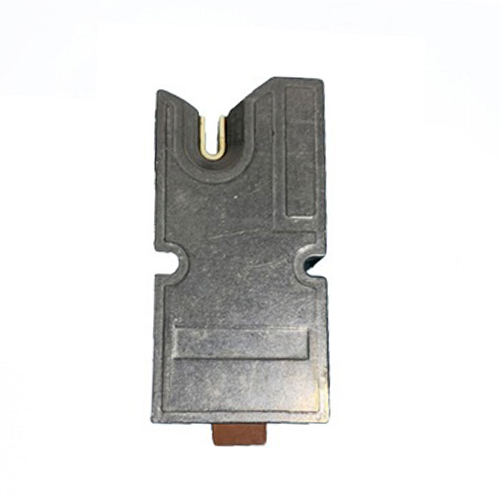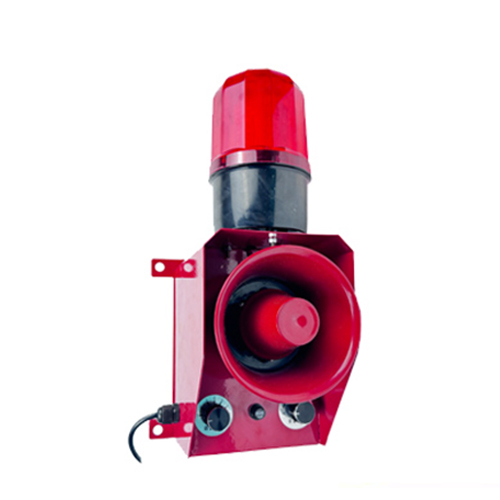

check

check

check

check
Have you ever stepped outside on a sunny day and felt surprisingly cold, or shivered in a room that the thermostat claims is warm? Temperature isn’t just a single number—it’s a complex world of variations that influence everything from our daily comfort to the universe’s fundamental laws. In this article, we’ll dive into the fascinating diversity of temperature types, revealing how they shape our lives, health, and environment. Forget the simple readings on a thermometer; temperature weaves a rich tapestry that scientists, meteorologists, and even everyday people navigate daily. By understanding these differences, you’ll gain insights into why a “hot” day can feel freezing or how your body fights off illness through its internal heat. Ready to unravel the secrets? Let’s begin.
First, let’s explore the scientific foundations of temperature scales, which form the backbone of how we measure and interpret heat. Temperature scales like Celsius (°C), Fahrenheit (°F), and Kelvin (K) are standardized units that quantify thermal energy. Celsius, used globally in science and daily life, sets water’s freezing and boiling points at 0°C and 100°C, making it intuitive for weather forecasts. Fahrenheit, common in the U.S., anchors at 32°F for freezing and 212°F for boiling, often criticized for its arbitrariness but praised for finer gradations in human comfort ranges. Then there’s Kelvin, the absolute scale starting at absolute zero (-273.15°C or 0K), crucial for physics and astronomy because it measures molecular motion without negative values. This scientific trio helps us compare everything from cooking times to climate data, but they’re just the start—our perception often diverges wildly from these precise readings. For instance, a room at 20°C might feel chilly to one person but cozy to another, highlighting that temperature’s objective measures only tell part of the story. Integrating these scales into everyday tools, like smart thermostats, ensures energy efficiency and comfort, yet the real magic lies in how our senses interpret them.

Moving beyond instruments, ambient temperature—or the heat of our surroundings—plays a pivotal role in our well-being, though it doesn’t always align with how we feel. Think of a windy winter day: the thermometer might read 5°C, but the wind chill factor makes it feel like -2°C, driving us to bundle up. Similarly, humidity levels transform perceived warmth; on a muggy summer afternoon, 30°C with 80% humidity feels stifling, while dry air at the same temperature might be tolerable. These variations stem from thermodynamics, where factors like air flow and moisture alter heat transfer from skin to environment. This isn’t mere discomfort; it impacts health, as prolonged exposure to extreme ambient temperatures can lead to heatstroke or hypothermia. Urban planners use this knowledge to design cities with green spaces that mitigate “heat islands,” areas where concrete traps warmth, elevating local temperatures by several degrees. By monitoring ambient conditions through weather apps and sensors, we adapt our clothing, activities, and energy use, proving that temperature isn’t just observed—it’s experienced dynamically in our habitats.
Shifting to the human body, body temperature is a vital sign that weaves biology with external influences, revealing critical health insights. Our core temperature typically hovers around 37°C (98.6°F), maintained by thermoregulation processes like sweating or shivering. However, this “normal” range varies; for example, fever occurs when internal heat spikes above 38°C as the immune system battles infections, signaling a need for medical attention. Conversely, hypothermia sets in below 35°C, risking organ failure in cold environments. Factors like age, activity, and circadian rhythms cause fluctuations—elderly individuals often run cooler, while exercise can temporarily boost readings. Thermometers, from oral to infrared, help track these changes, but accuracy depends on placement; ear readings might differ from forehead scans due to skin blood flow. Importantly, body temperature interacts with ambient heat; in high humidity, sweating becomes less effective at cooling us, illustrating why heatwaves are deadly. By regularly checking this metric, we preempt illnesses or optimize workouts, making it a cornerstone of personal health and wellness strategies that go far beyond simple numbers.
Beyond physical and biological realms, other specialized types of temperature, such as those in meteorology and cosmology, expand our understanding of Earth and the universe. Thermal comfort, a key metric in HVAC design, assesses how humans perceive temperature based on air movement, clothing, and humidity, aiming for a “Goldilocks zone” where 22-25°C feels neutral. This ties into climate science, where global average temperatures rise due to phenomena like the greenhouse effect, currently about 1.2°C above pre-industrial levels, driving urgent environmental policies. For celestial insights, cosmic temperatures range wildly; the sun’s surface blazes at ~5500°C, while deep space hovers near -270°C (3K), reflecting the Big Bang’s residual heat. Such extremes illustrate temperature’s role in star formation and life’s origins. Back on Earth, molecular or kinetic temperature measures atomic motion in labs, aiding innovations like superconductors. These diverse applications show that temperature types aren’t isolated—they interconnect, influencing technology, ecology, and even philosophy, as we ponder heat’s flow in a changing world. Embracing this complexity helps us innovate in fields from renewable energy to space exploration.
In essence, the world of temperature is a kaleidoscope of interconnected types, each adding layers to how we experience and manipulate heat. From the scales we learn in school to the unseen forces shaping our planet, this knowledge empowers us to live smarter, healthier lives. (Word count: 898)









